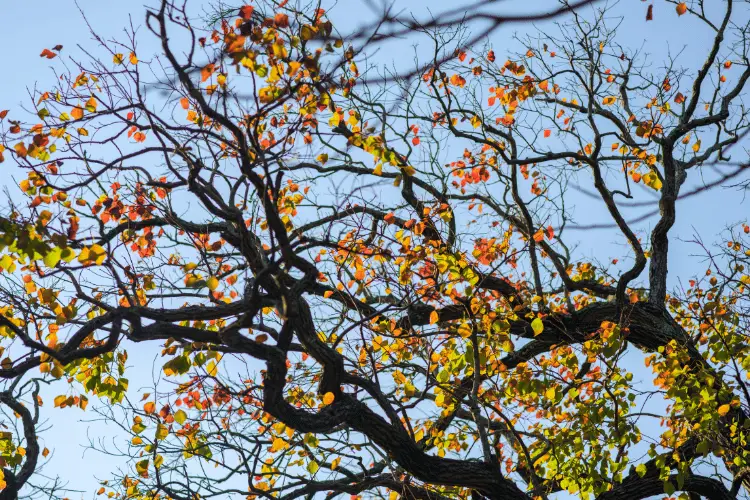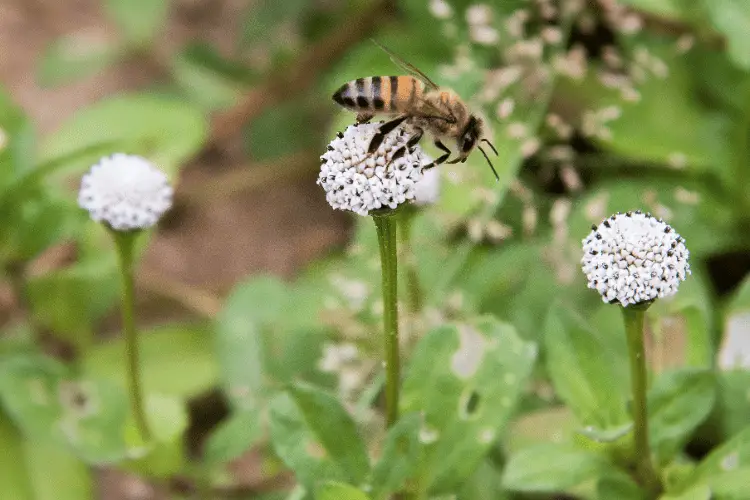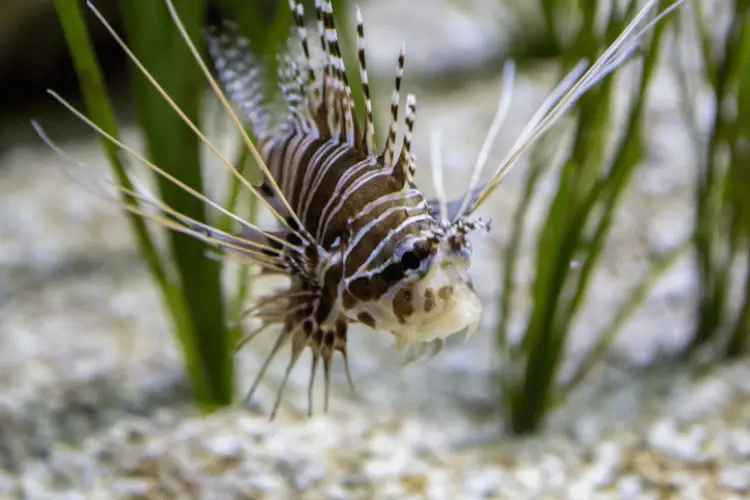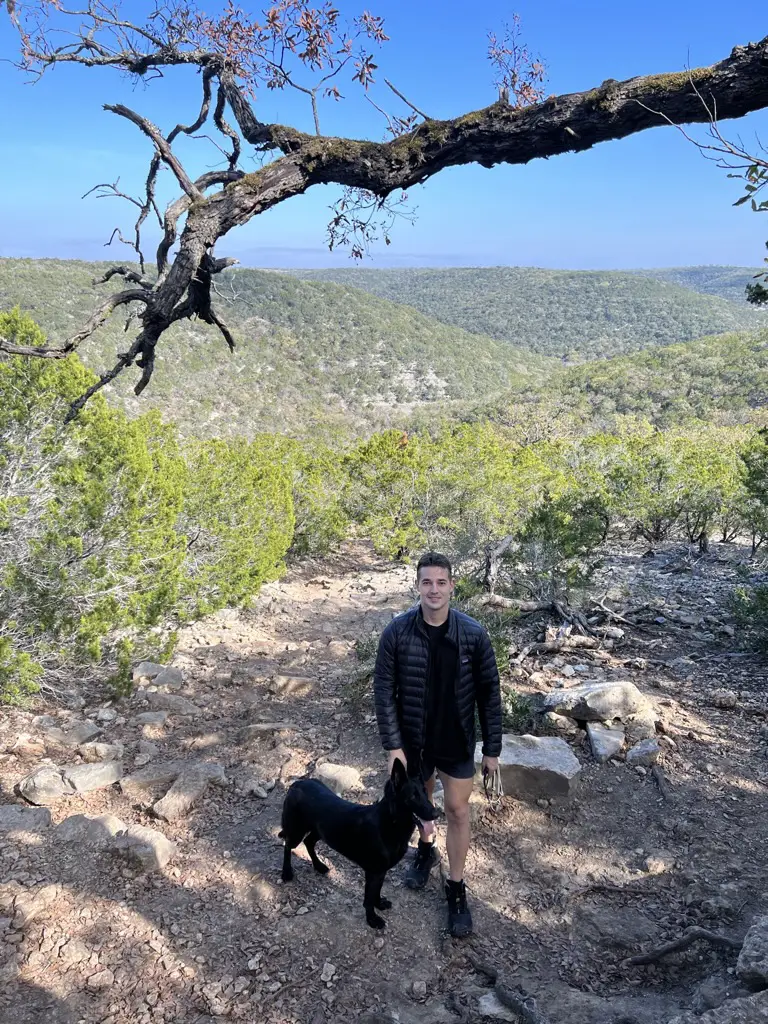We strive to provide you with authoritative, trustworthy, and expert advice. In doing so, the staff at texaswalkabout.com performs extensive research, editing, and fact checking to every post on this webiste. If you feel that this article can improve, please feel free to reach us at staff@texaswalkabout.com
Texas is rich in wildlife and vegetation, but all natives know about the state’s invasive species. The lone star suffers from a myriad of invasive species both in water and on land.
Wondering what are the most unwanted Texas invasive species?
This article lists 13 of the most unwanted Texas invasive species. It divides these species into three categories: plant, terrestrial, and aquatic species.
Plant Invasive Species
Texas is infested with several invasive plant species that harm the ecosystem, including:
1. Hydrilla
Hydrilla is an invasive submerged aquatic plant that forms monoculture colonies. This plant is native to Asia and was first introduced in Texas as an aquatic plant during the 1950s. It might have spread due to dumping aquarium water into water bodies.
This plant species is incredibly fast-growing. Believe it or not, it can grow an inch every day. That’s how it has taken over entire waterways in about 23 US states.
Growing deeply and thickly, hydrilla can block entire waterways. With its roots growing as deep as 30 feet underwater, this plant can still expand to reach the surface of the water. Therefore, all efforts to eradicate it have gone futile.
Hydrilla poses a threat to local fish and plants as it sucks the oxygen out of the water and even changes the water’s PH. This, in turn, disturbs the natural habitat of native species.
In addition, this plant features long stalks that affect water activities, such as swimming and boating.
2. The Chinese Tallow Tree
Rumor has it that the Chinese tallow trees were first introduced in the US by Benjamin Franklin. They were originally used in landscapes. However, they’ve managed to spread out beyond planned gardens.
The Chinese tallows are hardy trees that can thrive in different habitats. They can invade wetlands and take over entire forests, as they spread via their seeds and roots.
Interestingly, this invasive plant lives alone. It can take over a whole forest, not allowing any other vegetation growth. Thus, you’ll find an entire forest of Chinese tallows alone.
Some believe that this plant changes the properties of the soil to accommodate it alone. In other words, it makes the soil unsuitable even for its native plants.

3. The Japanese Climbing Fern
This vine-shaped perennial is native to Japan, India, and Eastern Asia.
It’s a highly adaptive plant that can thrive in different habitats, such as forests and wetlands. This fern reproduces asexually, so it can grow rapidly to take over large areas in a matter of days.
The Japanese climbing fern comes in a variety of colors, including green, black, and orange. As the name implies, it climbs anything in its path and can reach tree tops.
This plant poses serious threats, as it forms a thick layer that smothers other native plants. It prevents other plants from getting enough sunlight to grow.
In addition, the Japanese climbing fern increases the risks of wildfires. They intensify the fire by allowing it to reach treetops.
Unfortunately, it’s hard to control this fast-growing plant. That’s due to its height, rapid growth, and adaptability.
4. Giant Salvinia
Typically known as Salvinia Molesta, the giant salvinia is an aquatic plant that thrives in freshwater bodies.
It’s a rootless plant that grows in chains floating over the surface of lakes, streams, ponds, or even rice fields that flood with fresh water.
This fast-growing plant reproduces by fragmentation. That way, the entire population may double in a matter of two weeks. Therefore, it only takes a few weeks for giant salvinia to take over an entire pond.
The overspread of giant salvinia harms the native fish and plant populations in water bodies. It floats as thick mats over the surface of the water. Thus, it shades the entire space, preventing the penetration of sunlight. Without enough sunlight, aquatic plants can hardly survive.
In addition, covering the surface of the water affects the water temperature and decreases the level of oxygen, which harms the fish.
On top of that, this plant makes navigating the waters almost impossible. It also has a negative impact on agriculture as it penetrates and blocks irrigation pipes.
Terrestrial Invasive Species
Several animals breed uncontrollably to the point of forming invasive species that can hardly be eradicated, such as:
5. Feral Hogs
Feral hogs or wild pigs are native to Europe. They came to Texas in the 1930s as they were used for hunting by sportsmen and ranchers.
However, many hogs have escaped to breed and roam freely in areas like East Texas, Rio Grande, and Coastal Plains.
These animals pose a problem to the ecosystem in Texas. They disturb vegetation and affect the soil by rooting plants. That way, they cause a decline in domestic crops, which, in turn, affects the local livestock.
In addition, feral pigs compete with other local animals for food sources, such as mast. Therefore, their presence affects domestic vegetation and wildlife.
6. Redbay Ambrosia Beetle
The Redbay Ambrosia beetle is a wood-bourne beetle that’s native to Japan and South East Asia. They’re usually transferred by moving firewood from one place to the other.
They’re tiny, reaching only 0.07 inches long. With dark bullet-shaped bodies, these insects live on tree trunks.
Despite their small size, these beetles can inflict major damage on trees. They’re also known to transmit a fungal infection to trees. That way, they’re the primary cause of a fatal tree disease called the laurel wilt. This fungal disease causes trees to wilt and die within several weeks of infection.
Unfortunately, there’s still no remedy for the spread of these beetles or the disease they cause.
Therefore, the Redbay Ambrosia beetles pose a threat to agriculture as it affects several tree species, including avocado trees.
7. Africanized Bees
This invasive species of honeybee is more commonly known as the killer bee. These bees came from South America to Texas in the late 1980s.

Africanized honey bees are a crossbreed between African and European honey bees. Thus, they’re more aggressive and a lot more adaptive than both parent species.
This hybrid species of bees can be dangerous to humans because they’re highly defensive of their hives. They attack intruders with more intensity than other bee species.
In addition, these Africanized bees have negatively impacted the honey industry. They feature a more aggressive pollination behavior that damages crops. They also pose a threat to beekeepers.
8. Asian Tiger Mosquito
The Asian Tiger Mosquito is one of the most invasive species in Texas. It’s a tiny black and white mosquito that’s typically between 0.15 and 0.24 inches.
This species is native to South East Asia. It has come into the US within a shipment of goods imported from Asia.
Since their entry in the 1980s, these mosquitos have posed a threat to humans and livestock. They carry a variety of diseases; they’ve even caused the outbreak of several viruses, such as the Chikungunya virus, the West Nile virus, and Dengue fever.
They’re most active during the day, feeding on human and animal blood. Their favorite habitat is near standing water bodies. Therefore, you’ll find them abundantly near lakes or ponds.
Interestingly, you can find this mosquito in every habitat. It lives in urban, suburban, and even rural areas near agricultural spaces.
9. Red Fire Ants
Red fire ants have invaded major open fields in Texas. In fact, they pose a threat to the few coastal prairies that remain in semi-natural conditions.
These red insects have caused a sharp decline in the native insect and any population. The red fire ants are fierce. They may infest or even kill mammals, birds, reptiles, and other insects. These insects attack any animal that disturbs their mounds. They can even kill the disturbing animals, no matter how large they are.
The red fire ants are known to feed on newly-hatched chicks. They also destroy unhatched eggs. That’s why ground-nesting birds, such as the bobwhite quail, are the most vulnerable to their attacks.
Aquatic Invasive Species
The water bodies in Texas aren’t free of invasive speeches. The aquatic invasive species in the lone star state include:
10. Zebra Mussels
Zebra mussels are native to the Caspian and Black seas. Recently, they’ve taken over several lakes in Texas, including Lake Texoma. It has even started to invade the Trinity River Basin.
The spread of this mussel has caused a sharp decrease in native mussels, fish, and even birds. That decline is because Zebra Mussels over-absorb Phytoplankton, which is an important food source for different aquatic species.
In addition, these mussels offer a high filtration rate. That way, it leads to increased sunlight penetration, which, in turn, raises the water temperature and allows the light to reach great depths.
On top of that, zebra mussels can cause a decline in aquatic industries as they harm boats, pipes, or any surface they adhere to. Indeed, they can destroy boats, fishing equipment, buoys, and other water vessels.
11. The Red Lionfish

The red lionfish is stunningly beautiful but deadly venomous. It’s a large fish that can grow up to 17.5 inches. This fish is native to the Western Pacific Ocean, but recently it has invaded the Gulf of Mexico.
This fish can breed rapidly. In fact, a female can lay around two million eggs a year. On top of that this fish lacks natural predators due to its venomous spines.
In addition, this large fish is an aggressive eater. Typically, it feeds on invertebrates, such as crustaceans, and more than 40 different fish species.
Interestingly, the red lionfish can easily adapt to new prey. That ability makes it even more capable of invading different habitats.
In addition to threatening local fish populations, this fish can cause damage to the coral reefs. It’s a large opportunistic eater that generally forages within the corals.
12. Asian Clams
As the name implies, Asian clams are native to East Asia, though they invaded many parts of the US in the early 2000s, including Texas.
They’re small creatures that don’t exceed 1.5 inches, but they can cause serious damage to the ecosystem. Asian clams, typically, attach themselves to solid surfaces in freshwater bodies.
They reproduce quite rapidly, as they self-fertilize to make around 2000 juveniles daily. In fact, an adult can release about 100,000 clams in a lifetime.
If left untreated, these clams can cause serious damage to the native populations. They alter the nutrient levels in the water, causing unwanted algae blooms.
In addition, these clams can host a variety of exotic diseases and parasites that may harm the local aquatic life in the waterbody they invade.
13. Nutria
Nutria is a large semi-aquatic rodent that breeds rapidly. This exotic rodent has wreaked havoc in bald cypress swamps and coastal marshes in Texas.
Originally a native of South America, nutrias were introduced in Texas for their fur. However, with the decline of the fur industry, their population has increased drastically.
These rodents, typically, feed on seedlings and saplings. Thus, with their booming numbers, they’ve stripped thousands of acres of floodplains and marshlands by the Gulf Coast.
Unfortunately, the damage caused by the Nutria population in Texas is irreversible. Any attempt to replant decimated areas goes in vain, as these rodents deplant them even further.
Conclusion
There are plenty of Texas invasive species. These unwanted species aren’t native to Texas, but they have adapted and spread rapidly in the lone star state.
These invasive species roam freely in Texas, inflicting major damage to humans, plants, animals, and fish.
They can even be divided into three categories. For starters, the plant invasive species include the Chinese tallow tree, the Japanese climbing fern, and the giant salvinia.
The terrestrial invasive species that live mainly on land include feral hogs, Redbay Ambrosia beetles, and red fire ants.
In addition, among the aquatic invasive species in Texas are the red lionfish, the zebra mussels, and the Asian clams.
Unfortunately, most of these invasive species couldn’t be eradicated no matter how hard authorities have tried. They continue to live and inflict damage, and you need to be cautious.

Robert is a native Texan writer for TexasWalkabout, passionate about Texas culture and food, wearing cowboy boots daily. He interviews local pitmasters and chefs, tastes and reviews innovative dishes, and explores hidden gems and iconic landmarks. Graduating magna cum laude in Cyber Security from the University of Texas at San Antonio, Robert excels academically and professionally while also being knowledgeable in Texas history and culture. After living in Texas for over 28 years, he provides first-hand and trustworthy information for all your Texas needs!

